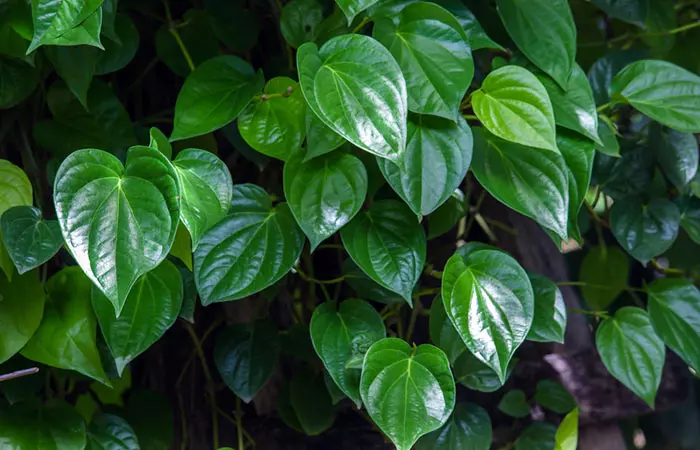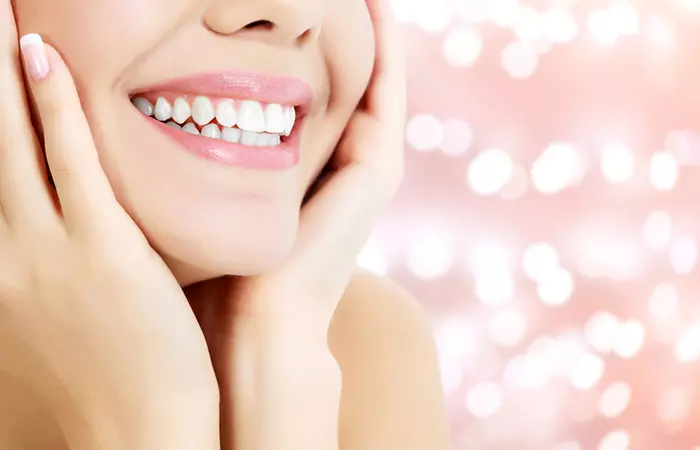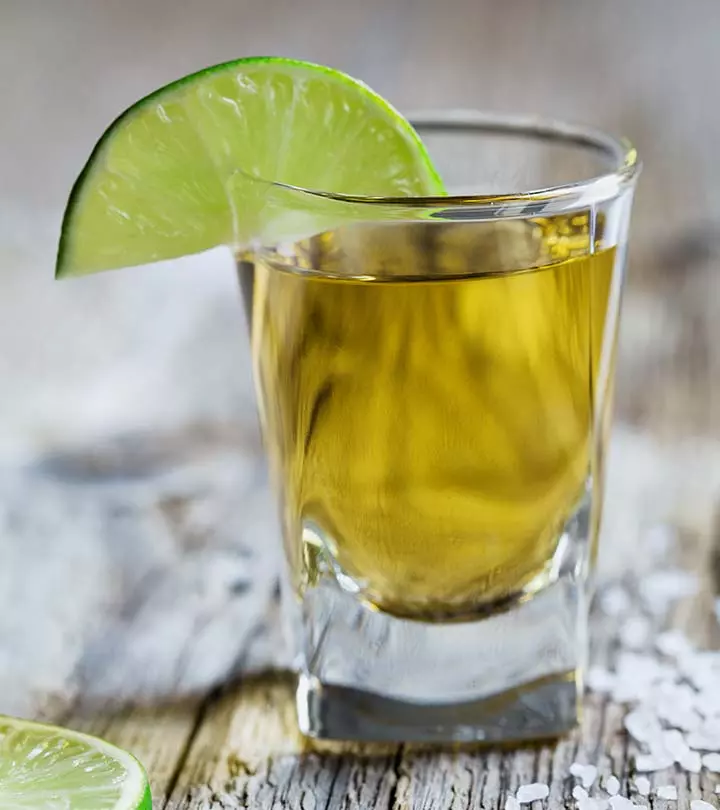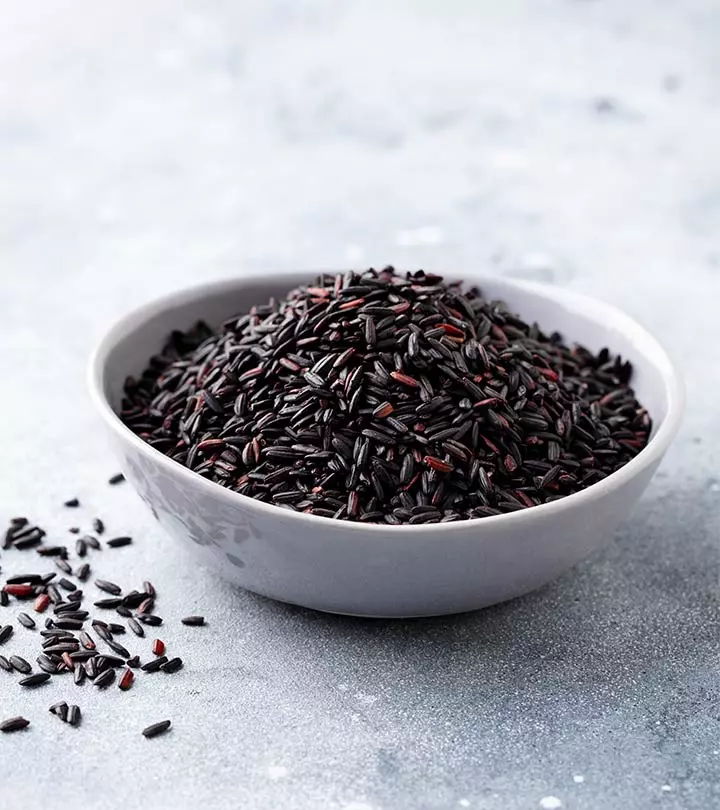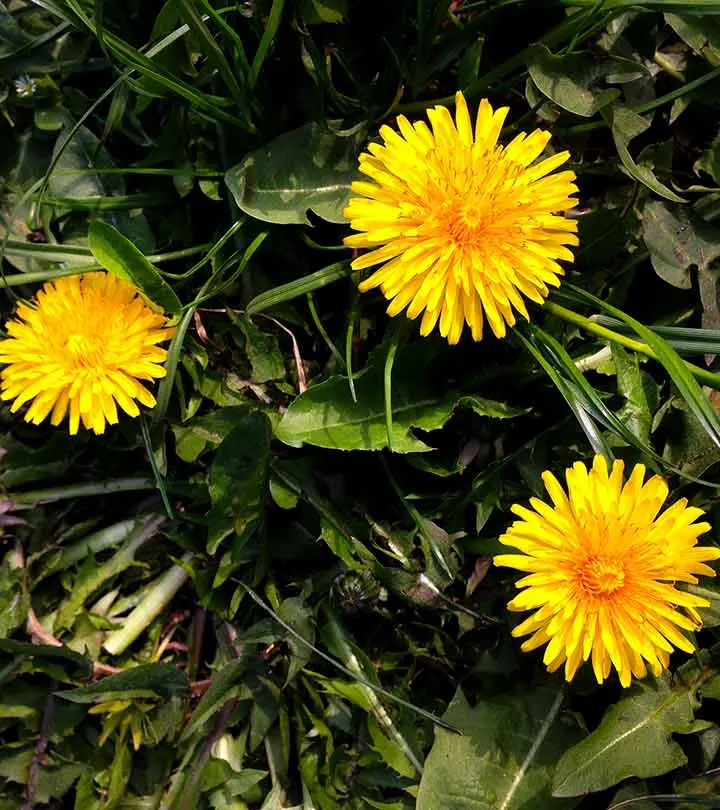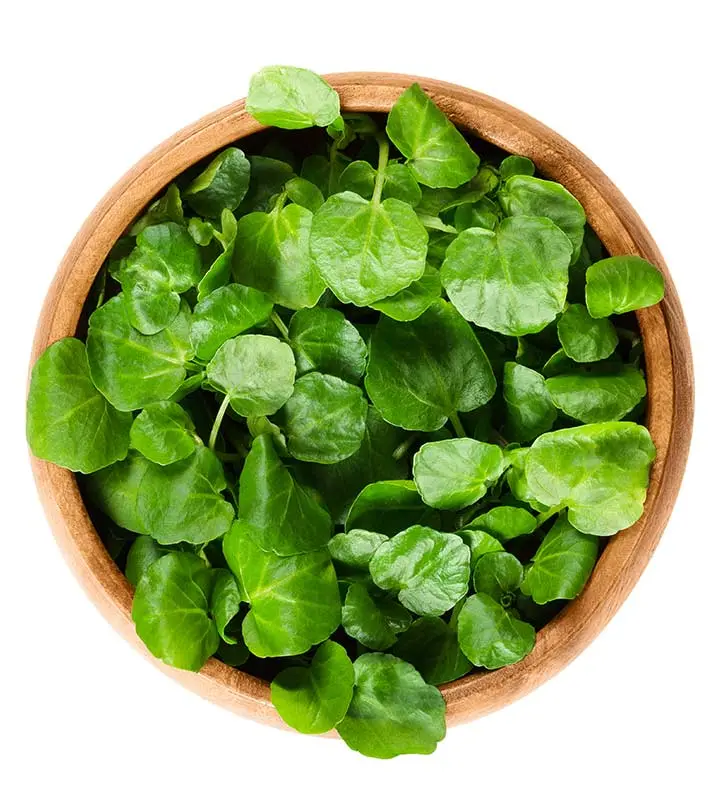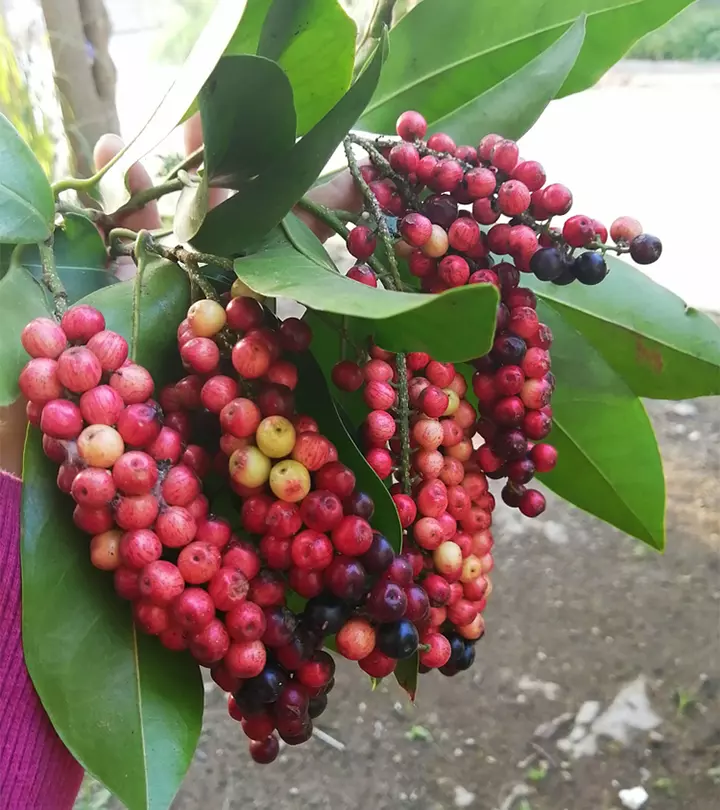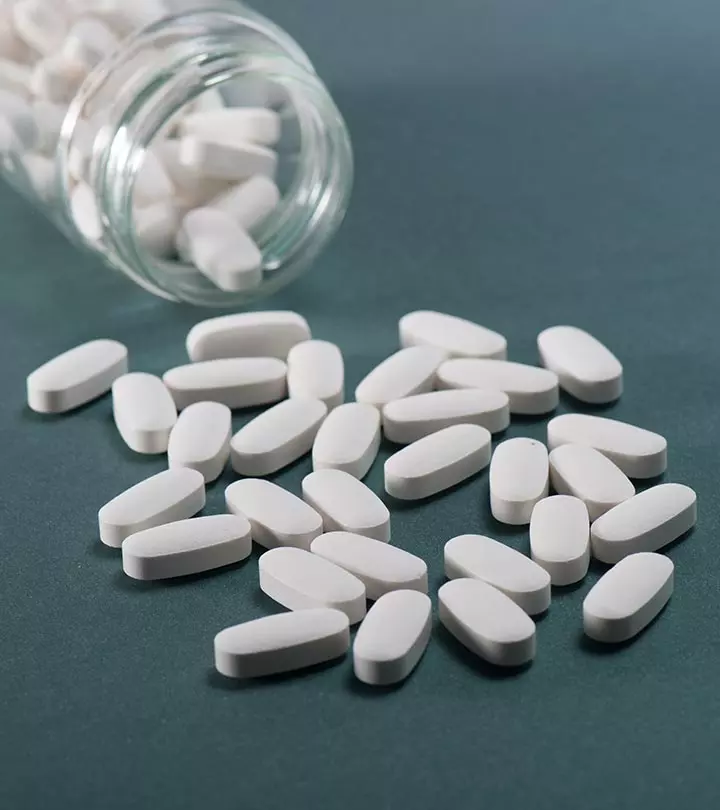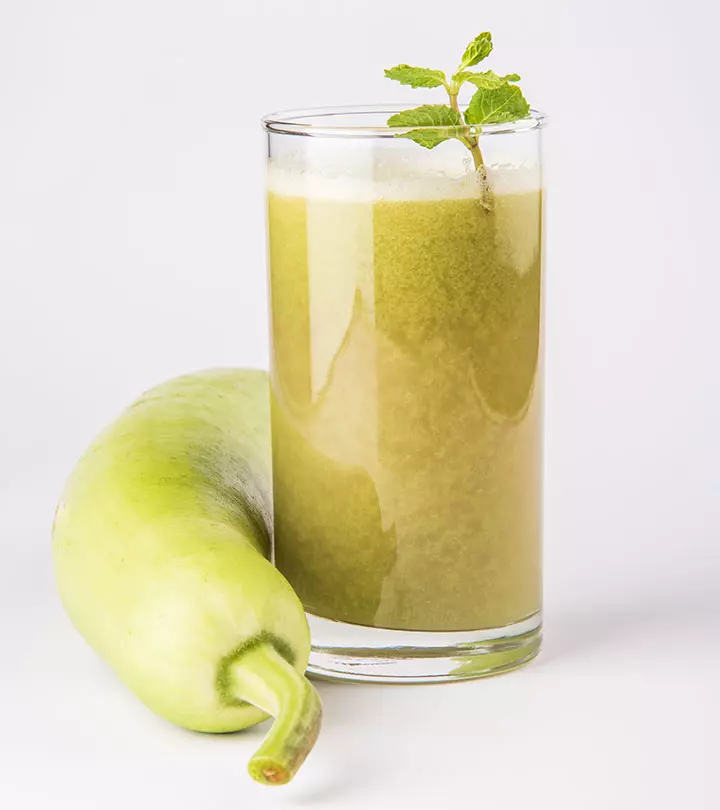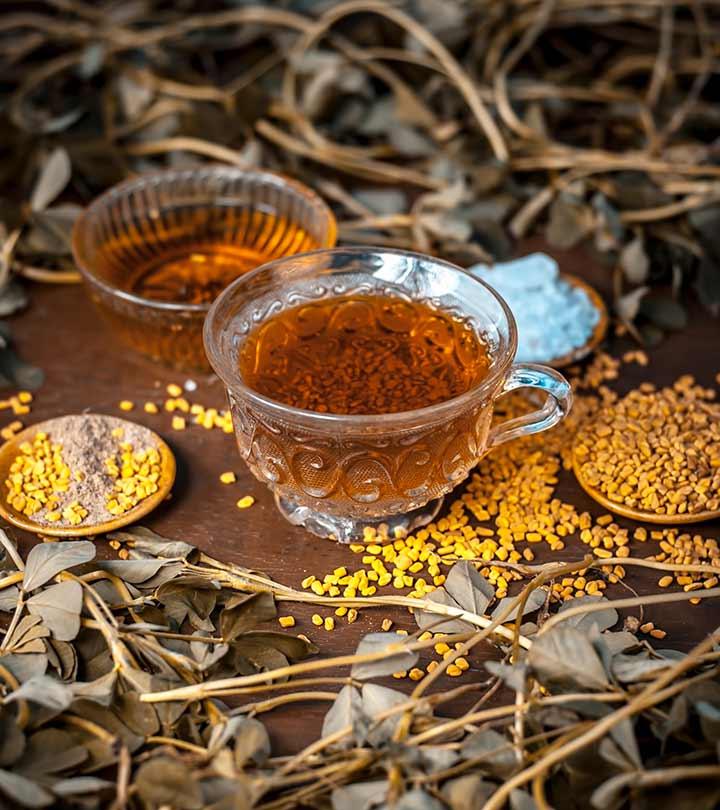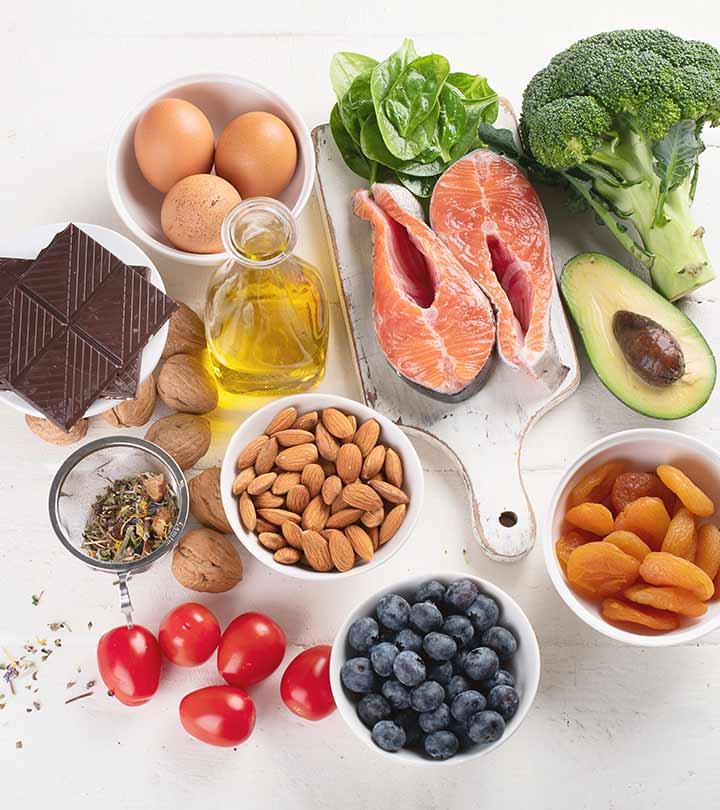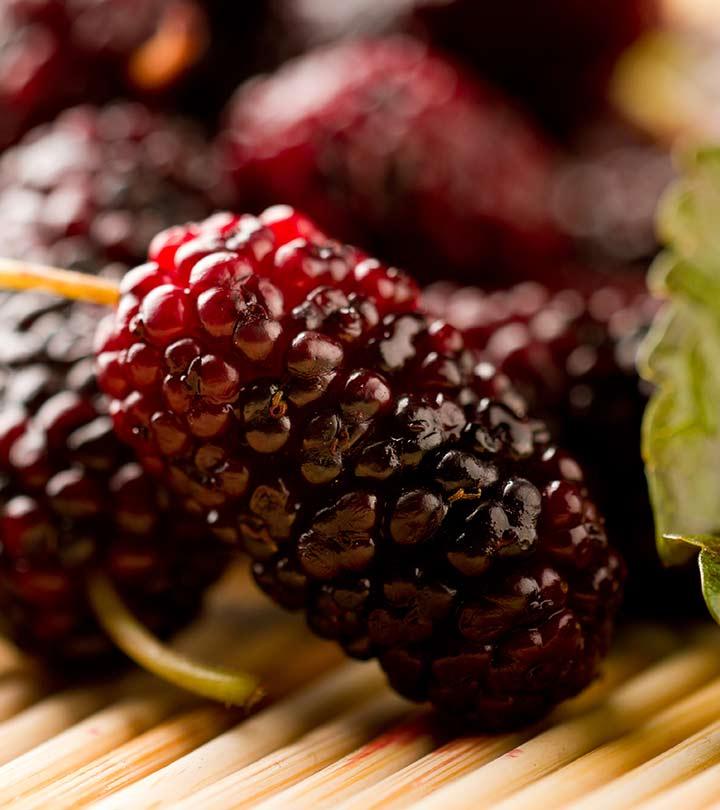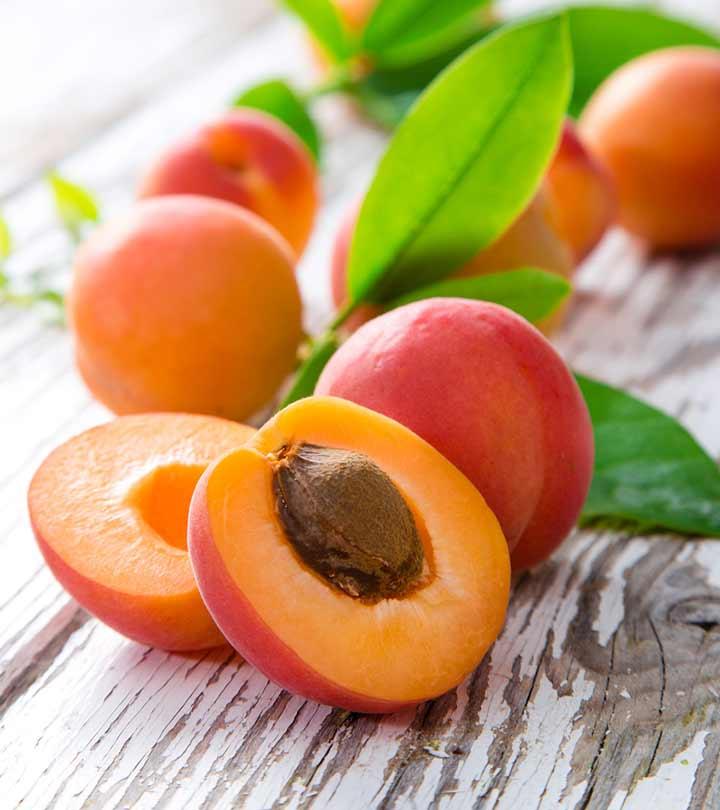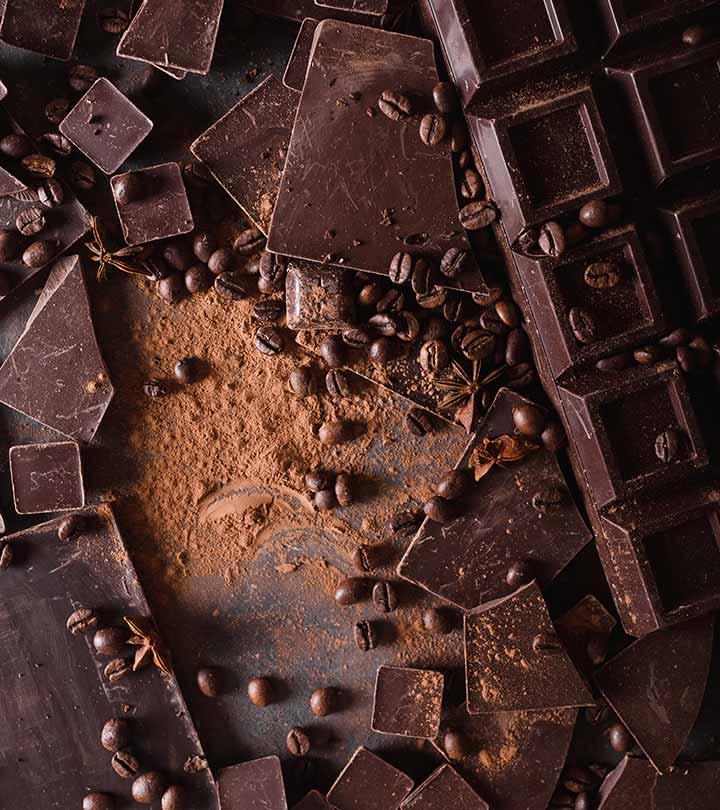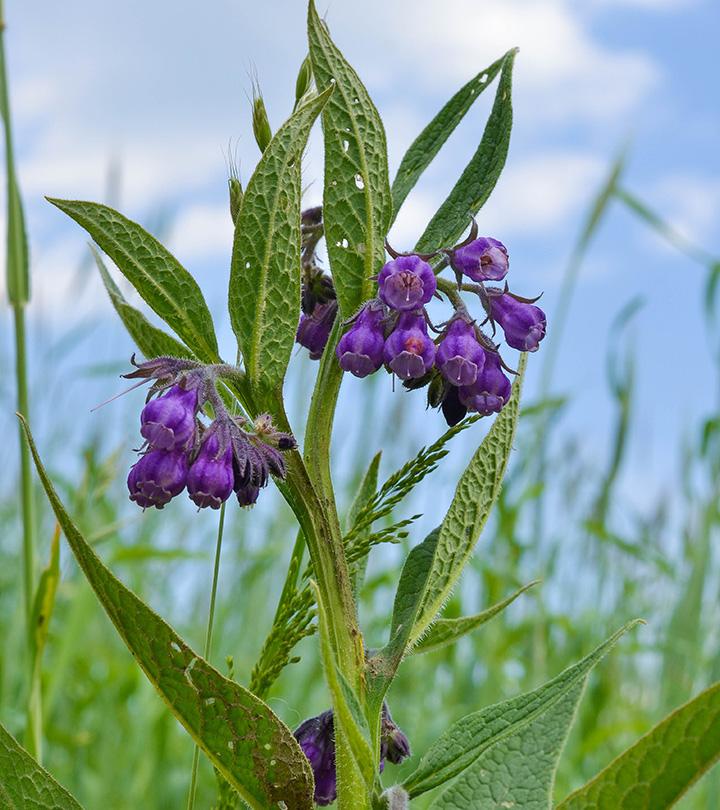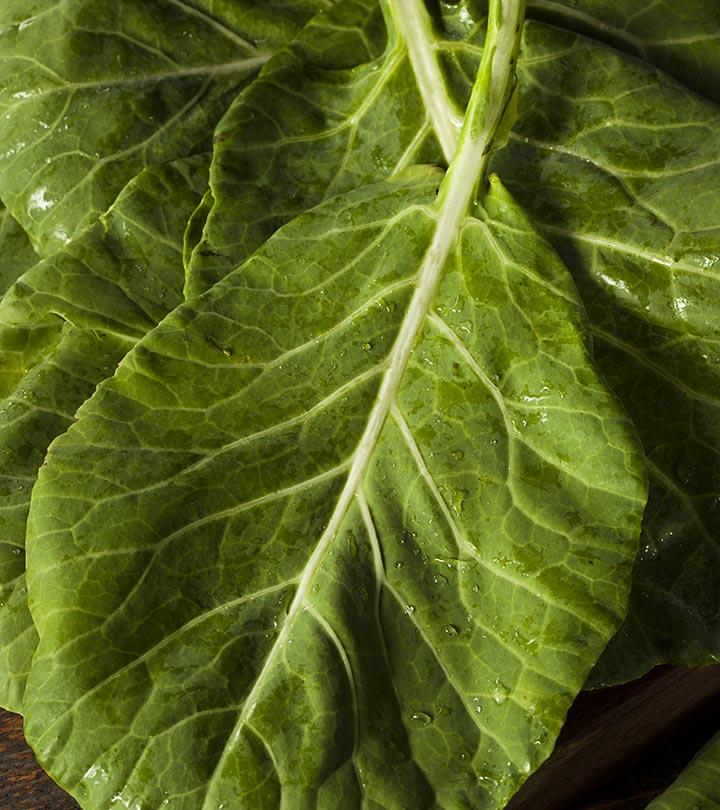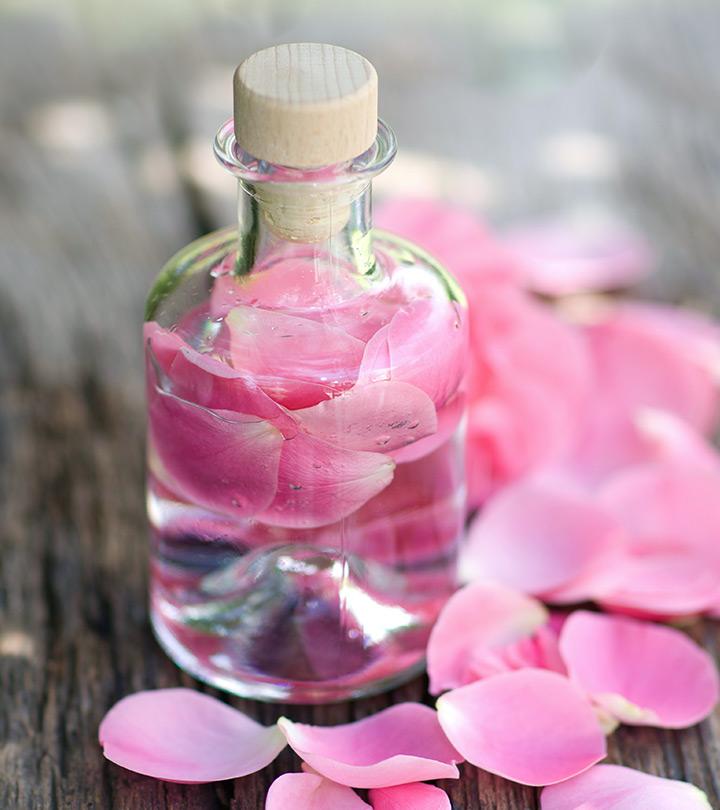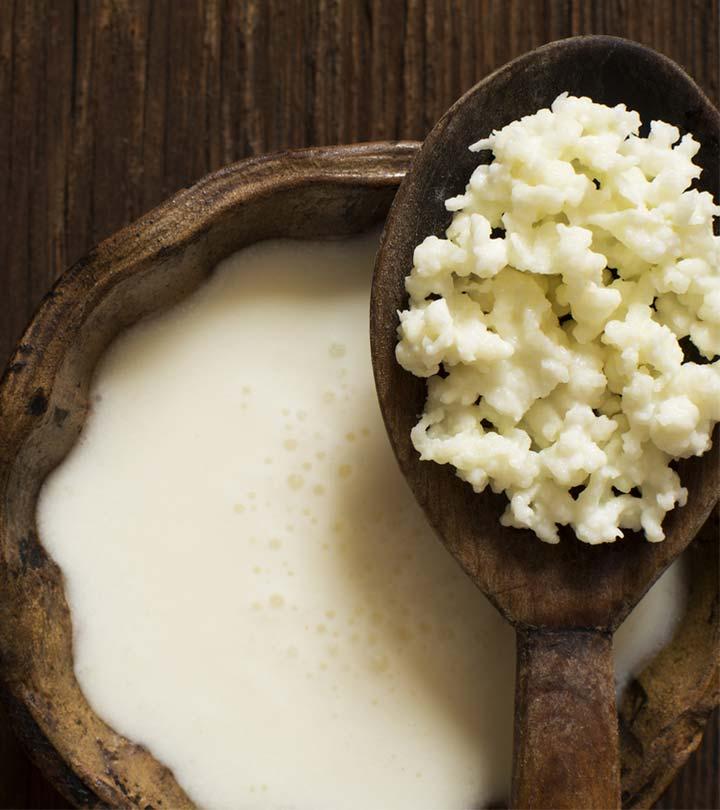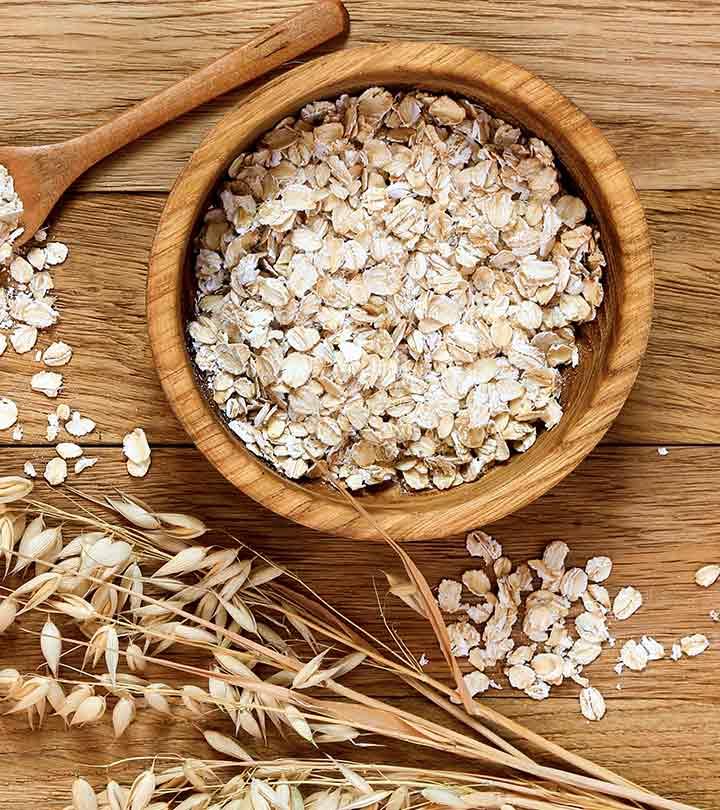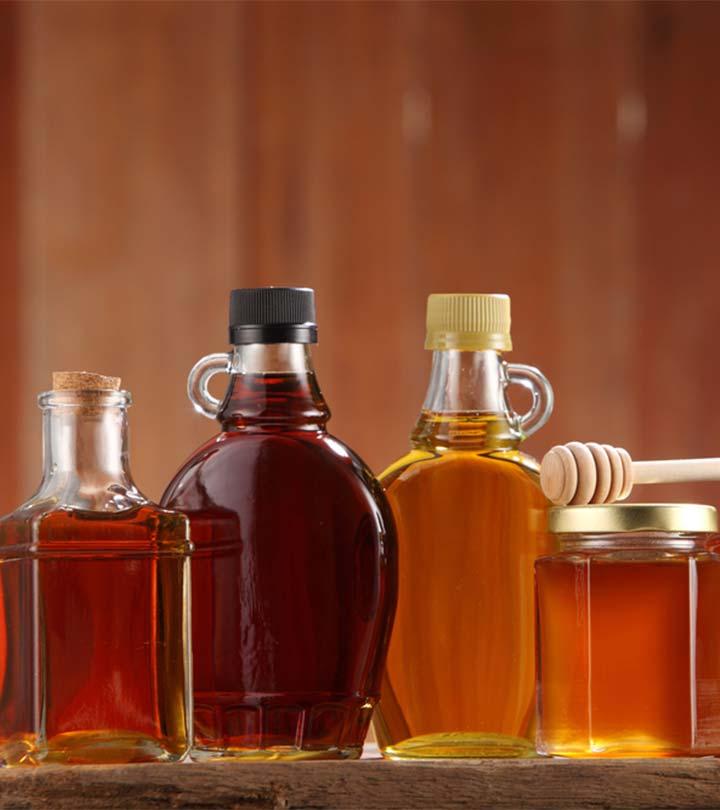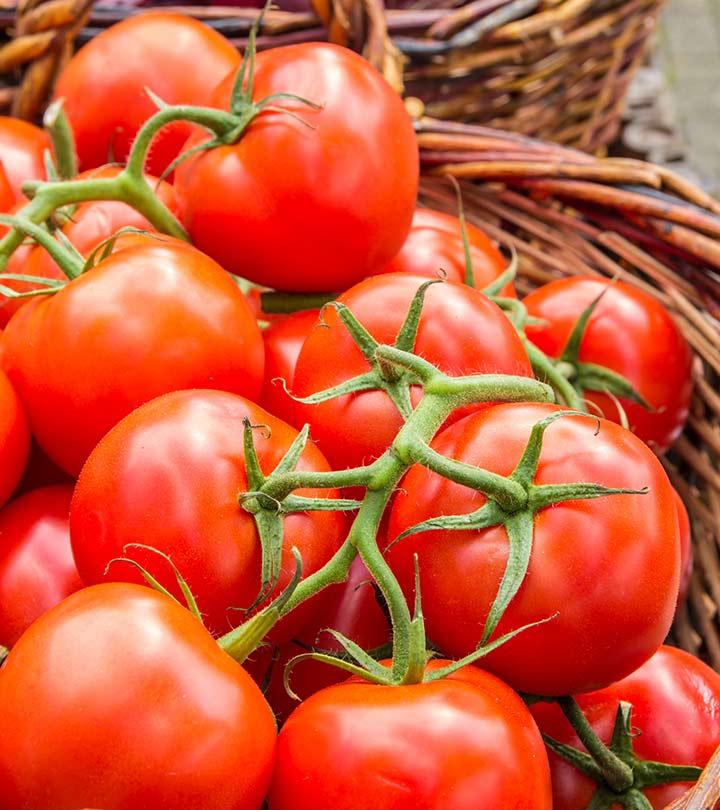5 Health Benefits Of Betel Leaves And Possible Side Effects
Munching on these traditional leaves can do some wonders for your health.
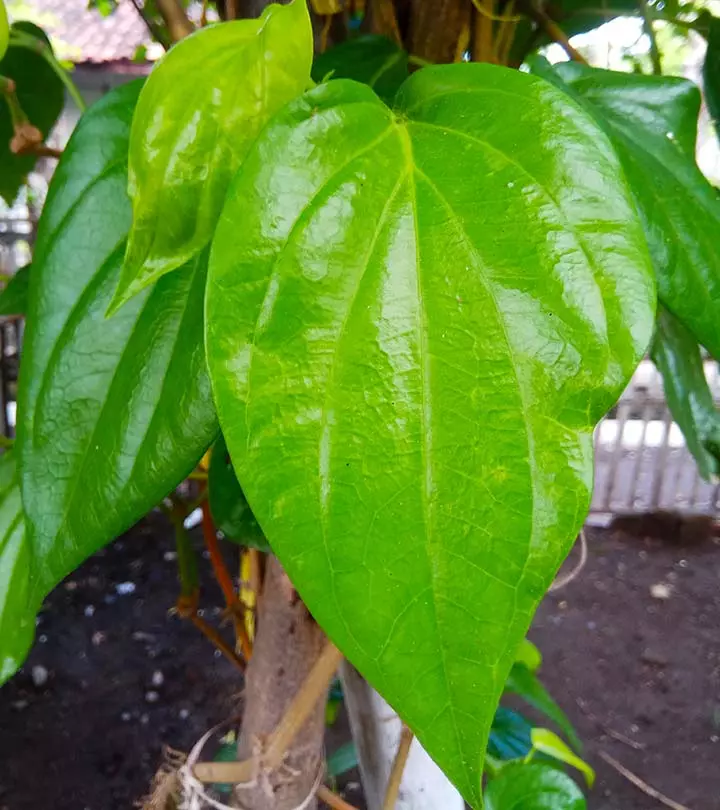
Image: Shutterstock
From helping manage diabetes and dental infections to reducing the effects of cancer, the purported benefits of betel leaves are surely impressive. These leaves are available in over 100 varieties and have applications in Indian and Chinese medicine (1), (2).
In this article, we delve deep into betel leaves, their benefits, their potential side effects, and how their intake is associated with oral and throat cancers. So, let us get started!
 Know Your Ingredient: Betel Leaf
Know Your Ingredient: Betel LeafWhat Is It?
It is a glossy heart-shaped leaf of a flowering plant of the Piperacea family.
What Are Its Benefits?
It may be beneficial in treating colds and coughs, managing diabetes, improving dental health, and accelerating wound healing.
Who Can Consume It?
All healthy adults can safely consume it. However, pregnant or breastfeeding women should either limit consumption or not consume it at all.
How Often?
You can consume it daily but in moderation.
Caution
It may cause psychoactive symptoms in some and may cause oral or esophageal cancer in the long term.
In This Article
Betel Leaf: In Detail
Betel leaf is also referred to as ‘Green Gold.’ It is an ancient asset of Indian medicine (Ayurveda), and its use in India dates back to 400 BC.
Piper betle or betel leaf belongs to the Piperaceae family (the Black pepper family). There are about 100 varieties of betel vine in the world, of which about 40 are found in India. According to folk medicine, betel leaf can help in the treatment of headache, itching, mastitisi A painful infection or inflammation of the breast tissue which causes breast pain, redness and swelling. , cuts, abrasions, constipation, and injuries (1), (2).
 Trivia
TriviaWhile its essential oil possesses antibacterial, antiprotozoali A class of drugs used to treat infections that are caused by protozoa, single-cellular organisms that cause tissue damage. , and antifungal properties, its leaves possess anti-inflammatory properties that may help in treating oral and dental issues (1), (2). Scroll down to the next section to find out more about the betel leaf benefits.
How Does Betel Leaf Benefit Your Health?
Contrary to popular belief, betel leaf offers several health benefits. It has a positive effect on blood glucose control, dental health, wound healing, and viral infections.
1. May Help Manage Diabetes
Red betel leaves may lower blood glucose levels. They contain active molecules called tanninsi Commonly called tannic acid, it refers to polyphenols present in plant food that precipitate protein and have astringent properties. that have antidiabetic properties. Betel alkaloids can lower blood glucose levels by inhibiting glucose absorption in the intestine (3).
This leaf also contains a variety of polyphenols that have excellent antioxidant potential. These molecules protect the pancreatic cells from free radical damage.
In India, eating paan (betel quid) after meals is a common practice. Rat studies have proven that this practice can lower the biomarkers of hyperglycemia (high blood sugar) (3), (4).
2. May Promote Dental Health
Like tattoos, teeth blackening was a craze in Southeast Asia. It was done using plant extracts and minerals. This procedure is said to be good for your teeth. It can prevent oral infections and painful dental procedures (5).
Betel vine is one of the plants linked to teeth blackening. A betel quid made with areca nut, slaked lime, and betel leaves has similar properties (5), (6).
However, betel leaf also releases catecholaminesi A class of aromatic neurotransmitters that provide significant responses during stress. This includes hormones, such as adrenaline. that interact with the compounds released by areca nut and slaked lime. This, in turn, can cause oral and throat cancers (5), (6).
 Quick Tip
Quick Tip3. Accelerates Wound Healing
High oxidative stress, i.e., free radicals in your body, can delay wound healing. Delayed wound healing is one of the critical complications seen in type 1 diabetes. Herbal extracts of betel leaf may be effective in treating such sensitive cases (7).
Betel leaf contains polyphenols that have antioxidant properties. They boost the activity of the free radical-scavenging enzymes in your body, like superoxide dismutase and catalase (7).
Applying its extract to wounded rats increased the rate of wound healing. It boosted the content of hydroxyproline, a major component of collagen in these rats. Higher collagen content facilitates rapid wound repair and tissue regeneration (7).
4. May Reduce Cough And Congestion
According to traditional medicine, betel leaves can relieve cough. These leaves are soaked in mustard oil, warmed, and applied to the chest to ease congestion in the lungs (8).
Betel leaf juice with honey can be given to children to get rid of phlegm and wet cough, thanks to its warm and spicy flavor. Literature suggests that this plant can treat bronchitisi Inflammation of the bronchial tubes that carry air to and from lungs. Its symptoms include coughing and shortness of breath. too. Its essential oils are thought to play a vital role in this property (8), (9).
5. May Help Combat Cancer
This leaf contains a high amount of a carcinogeni A substance, agent or organism naturally present in the environment that has the potential to cause cancer. called safrole. However, it gets metabolized to dihydroxychavicol and eugenol. Both of these compounds are excreted via urine (1).
Betel leaf exhibits antioxidant, antimutagenici They are agents that interfere with the mutagenicity of a substance and help reduce the rate of mutations. , and anticancer properties. The betel phytochemicals are responsible for these properties. This means betel quids may not be cancer-causing at a non-addictive level of consumption (unless you make them with tobacco). Tobacco quids are linked to oral cancer (1).
In fact, the compounds in betel leaf – hydroxychavicol and chlorogenic acid – counter the carcinogens from tobacco. They can selectively kill the cancerous cells without affecting the healthy cells, unlike common cancer drugs and relevant therapeutic procedures (1).
More On Paan!
- Indian scriptures consider betel leaf to be auspicious and significant. This leaf is used to make paan or betel quid (1). Paan is made with areca nut pieces, slaked lime, and several kinds of mouth fresheners wrapped in a fresh betel leaf.
- Paan is an excellent mouth freshener. You can spot it at weddings, pujas (ceremonies and rituals), and shraadh (religious rites after cremation). It is often served to the guests after a meal as a mark of respect and tradition (1).
- Betel leaf holds a lot of significance in Sri Lanka, Bangladesh, Burma, China, Indonesia, Malaysia, Nepal, Pakistan, Philippines, South Africa, and Thailand (1).
- Chewing on paan may induce a sense of well-being, alertness, increased heartbeat, and mild euphoria.
- Betel leaf by itself may not contain nicotine. Only when you add tobacco to the quids does nicotine come into play.
- Diabetic rat studies show that betel leaf extracts may trigger body-weight loss. However, no human trials are vouching for this fact yet.
- According to traditional medicine, betel leaf benefits females by stimulating breast milk and preventing and treating vaginal itching. They were also believed to improve the health of female reproductive organs and increase female fertility(10).
- The Indian ritual of the wife giving a betel leaf to the husband every night is because betel leaf benefits males by being a great aphrodisiac.
That’s how betel phytochemicals protect your organ systems. It can also be used as a stimulant, antiseptic, breath freshener, or a mouthwash to treat oral fungal infections (2). Also, it is a carminative agent and a metabolism booster, which may also help to improve digestion (10), (11).
The essential nutrients in betel leaves can help improve one’s general health and well-being. Check out the next section for the various uses of betel leaves.
General Uses Of Betel Leaf
Betel leaves can also be used in the following ways:
- Insect Repellent: Placing crushed or dried betel leaves in closets or near open windows may help keep insects at bay.
- Mouth Freshener: Chewing fresh betel leaves may leave you with a clean, refreshed breath.
- Aromatic Garnish: Betel leaves are used in South Asian dishes to add a unique flavor and aroma.
- Aromatherapy: The essential oils extracted from betel leaves are used in diffusers and massage oils to promote relaxation.
- Antiseptic Mouthwash: Betel leaves are also used as a mouthwash to maintain oral hygiene and possibly help fight oral infections.
Hiraman, a blogger and journalist with an interest in farming, shares, “I have planted the paan cuttings after having them for over a week now, post-lunch, and realizing that it helps in digestion, fights bad breath and much more (i).”
However, there’s a lot written about the side effects of betel leaf as well. Many studies paint this plant in a poor light. Scroll down to the next section to find out more.
What Are The Side Effects Of Betel Leaf?
When you chew a betel leaf, it releases certain active chemicals like catecholamines. These chemicals interact with other secretions of areca nut and slaked lime if you have a betel quid. These chemical interactions may cause serious side effects (12), (13), (14), (15):
- May have psychoactivei These are substances that can change functions of the nervous system and alter mood, perception, consciousness, and behavior. properties
- Affect your central nervous system (CNS)
- Cause mouth and esophageal (food pipe) cancer
- Disturb your oral microbiome (the good microbes in your mouth)
- Can have a negative impact on pregnancy, childbirth, and fetal development
- Linked to addiction and withdrawal issues
Moreover, a definite daily intake limit for betel leaves has not been scientifically established yet.
Due to these hazardous effects, the World Health Organization (WHO) has publicly stated that betel quid products are a health threat to those consuming them (14).
Infographic: Paan Kulfi – Instant & No Cooking
Now that you are aware of the benefits of betel leaves, you would certainly want to include them in your diet. While “paan” is the most common way to have them, there are many other interesting sweet and savory culinary preparations made with betel leaves. Take a look at the infographic below to learn how to make some delicious betel leaf ice cream or “paan kulfi”. This not only acts as a palate cleanser but also tantalizes your taste buds. Illustration: StyleCraze Design Team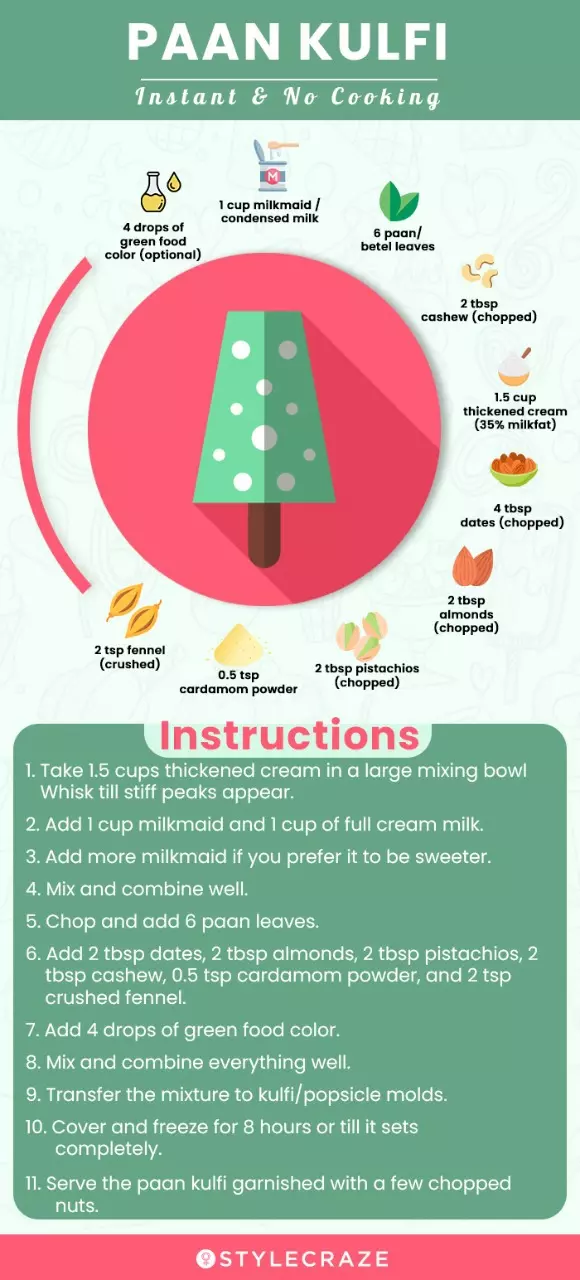
The benefits of betel leaves are numerous. Their tannin content may help manage diabetes. They can also promote dental health, and their antioxidants accelerate wound healing. Betel leaves may also reduce the risk of cancer. However, over-usage may trigger a few undesirable side effects like addiction and a negative impact on fetal development and the central nervous system. Hence, caution is advised.
Frequently Asked Questions
Can we drink water after eating betel leaf?
Yes, you can drink water after eating betel leaf. Betel leaf is a great digestive aid and is usually consumed after a meal.
Is betel leaf rich in calcium?
Yes. Betel leaf is a good source of calcium, and one leaf contains about 230 mg of calcium (16).
Is betel leaf good for ulcers?
Yes. Betel leaves were used as a traditional remedy for gastric ulcers and have shown to have gastroprotectivei They are substances that help treat and prevent gastrointestinal injuries, including proton pump inhibitors. effects (10).
Key Takeaways
- Betel leaf or pan may help treat digestive issues and promote wound healing.
- It may be suitable for people with diabetes due to its hypoglycemic properties.
- Though the plant exhibits anti-cancer properties that may aid in cancer prevention and promote oral health, overuse is linked with cancer and addiction.
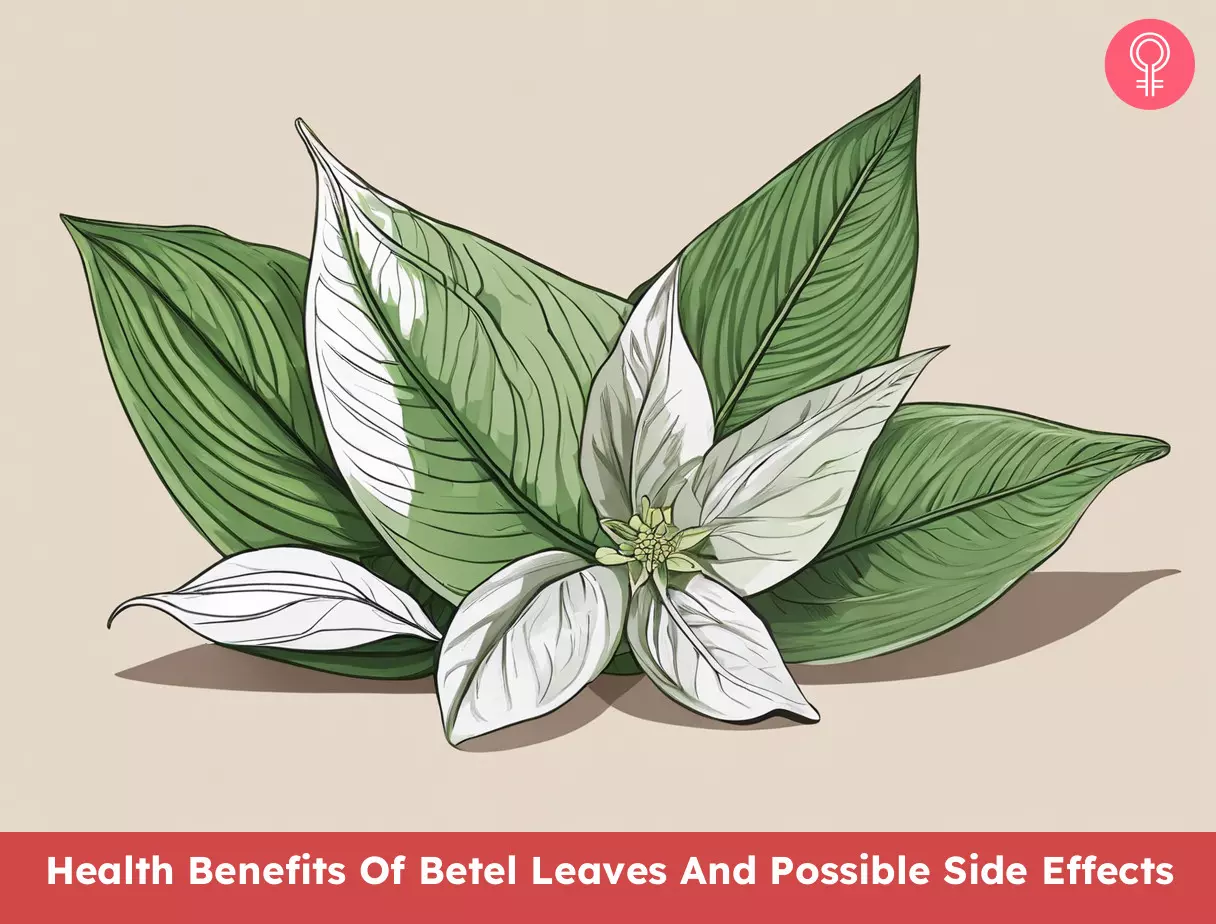
Image: Stable Diffusion/StyleCraze Design Team
References
Articles on StyleCraze are backed by verified information from peer-reviewed and academic research papers, reputed organizations, research institutions, and medical associations to ensure accuracy and relevance. Read our editorial policy to learn more.
- Betel Leaf: The Neglected Green Gold of India, Journal of Human Ecology, CiteSeerX, The Pennsylvania State University.
https://citeseerx.ist.psu.edu/viewdoc/download?doi=10.1.1.729.4572&rep=rep1&type=pdf - Betel leaf: Revisiting the benefits of an ancient Indian herb, South Asian Journal of Cancer, US National Library of Medicine, National Institutes of Health.
https://www.ncbi.nlm.nih.gov/pmc/articles/PMC3892533/ - The effect of red betel leaves (Piper crocatum Ruiz and Pav.) on blood sugar and insulin expression levels in rat (Rattus norvegicus domesticus) models of diabetes mellitus
https://repository.unair.ac.id/113461/2/9.%20Artikel.pdf - Antihyperglycemic activity of Piper betle leaf on streptozotocin-induced diabetic rats., Journal of Medicinal Food, US National Library of Medicine, National Institutes of Health.
https://www.ncbi.nlm.nih.gov/pubmed/16579737 - To Strengthen the Teeth and Harden the Gums-Teeth blackening as medical practice in Asia, Micronesia and Melanesia, Ethnobotany Research and Applications, ScholarSpace, University of Hawai’i at Manoa.
https://www.semanticscholar.org/paper/To-Strengthen-the-Teeth-and-Harden-the-Gums-Teeth-Zumbroich/a63b2cec36b8bbd712231b73c637c0a75b08e71a - EFFECT OF BETEL CHEWING ON THE ORAL MUCOSA, University of Ceylon.
https://citeseerx.ist.psu.edu/viewdoc/download;jsessionid=AE07CE59E0280BFC9A804BBB992EE78D?doi=10.1.1.279.2136&rep=rep1&type=pdf - Piper betel leaves induces wound healing activity via the proliferation of fibroblasts and reducing 11 ꞵ hydroxysteriod dehydrogenase-1 expression in diabetic rat, Journal of Ayurveda and Integrative Medicine, US National Library of Medicine, National Institutes of Health.
https://www.ncbi.nlm.nih.gov/pmc/articles/PMC5192284/ - Effects of Consumption of Thamboolam (Conventional Betel Chewing) in Traditional Siddha Medicine, Academia.
https://www.academia.edu/5493884/Effects_of_Consumption_of_Thamboolam_Conventional_Betel_Chewing_in_Traditional_Siddha_Medicine - BIBLIOMETRIC ANALYSIS OF RESEARCH LITERATURE ON PIPER BETLE, BIBLIOMETRIC ANALYSIS OF RESEARCH LITERATURE ON PIPER BETLE, Digital Commons@University of Nebraska-Lincoln, University of Nebraska-Lincoln.
https://digitalcommons.unl.edu/cgi/viewcontent.cgi?article=4649&context=libphilprac - The use of betel (Piper betle) leaves for maintaining the health of women and children at various ethnic groups in Indonesia
https://smujo.id/nb/article/download/6133/4281/29590/ - Gastroprotective effect of Piper betle Linn. leaves grown in Sri Lanka,Journal of Ayurveda and Integrative Medicine, US National Library of Medicine, National Institutes of Health.
https://www.ncbi.nlm.nih.gov/pmc/articles/PMC4012360/ - Review on betel leaves used in various ailments, International Journal of Pharmacognosy, ResearcGate
https://www.researchgate.net/publication/343749007_REVIEW_ON_BETEL_LEAF_USED_IN_VARIOUS_AILMENTS - Effects of Betel chewing on the central and autonomic nervous systems., Journal of Biomedical Science, US National Library of Medicine, National Institutes of Health.
https://www.ncbi.nlm.nih.gov/pubmed/11385294 - Paan, bidi and shisha, Health A to Z, National Health Service.
https://www.nhs.uk/live-well/quit-smoking/paan-bidi-and-shisha-risks/ - Impact of Chewing Betel Nut on the Oral Microbiome
https://indigo.uic.edu/articles/thesis/Impact_of_Chewing_Betel_Nut_on_the_Oral_Microbiome/10816898/1 - Betel nut chewing during pregnancy, Madang province, Papua New Guinea, Drug and Alcohol Dependence, Elsevier, Academia.
https://www.academia.edu/25017813/Betel_nut_chewing_during_pregnancy_Madang_province_Papua_New_Guinea - Effect of different extraction techniques on total phenolic and flavonoid contents, and antioxidant activity of betelvine and quantification of its phenolic constituents by validated HPTLC method
https://www.ncbi.nlm.nih.gov/pmc/articles/PMC6320704/
Read full bio of Dr Archana Batra
Read full bio of Ravi Teja Tadimalla
Read full bio of Payal Karnik





